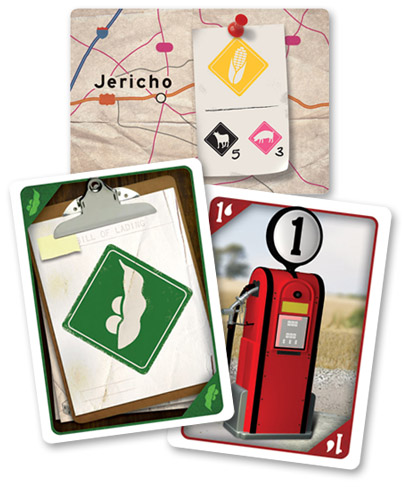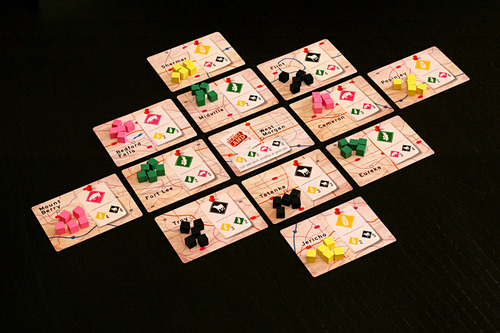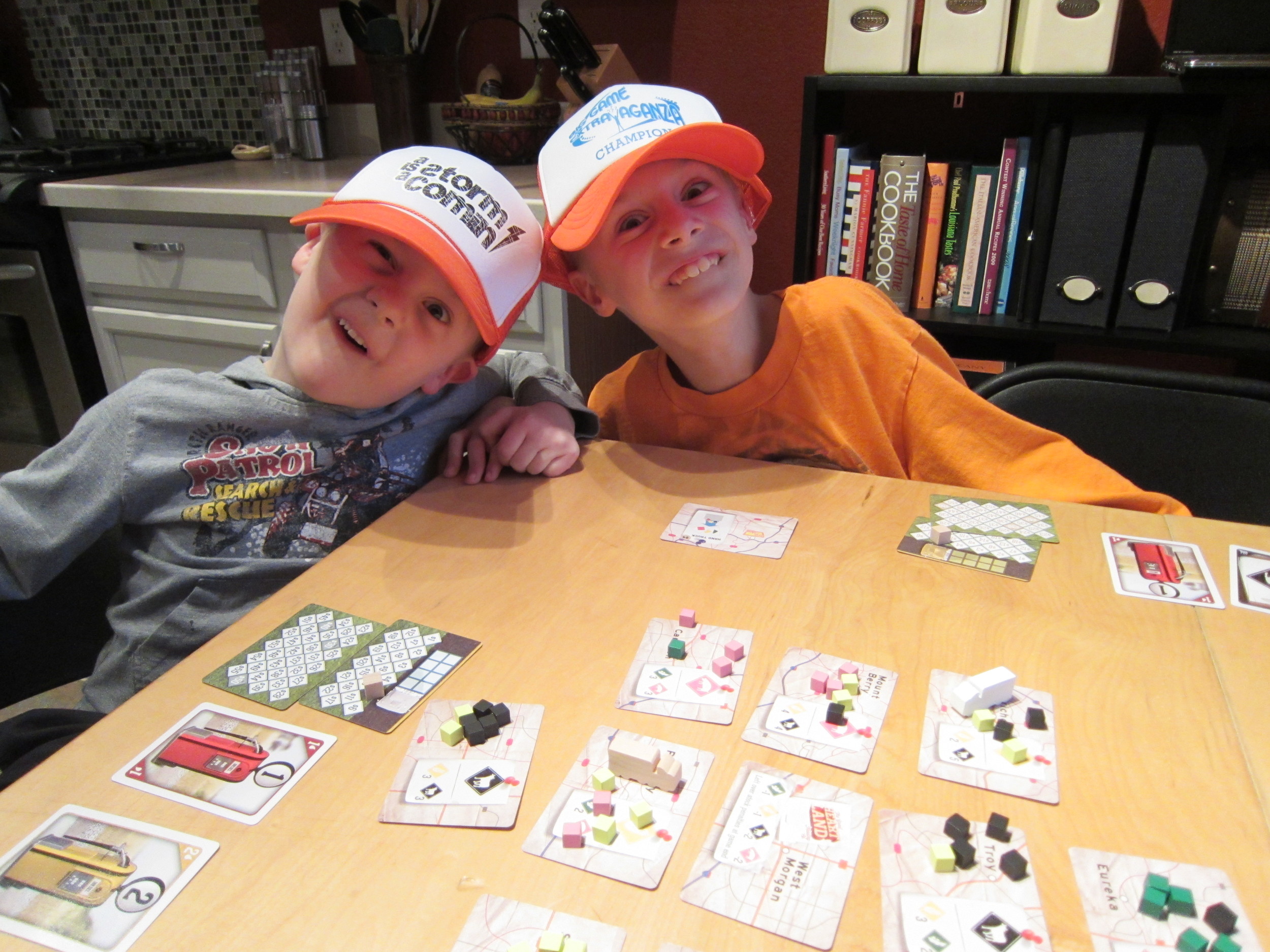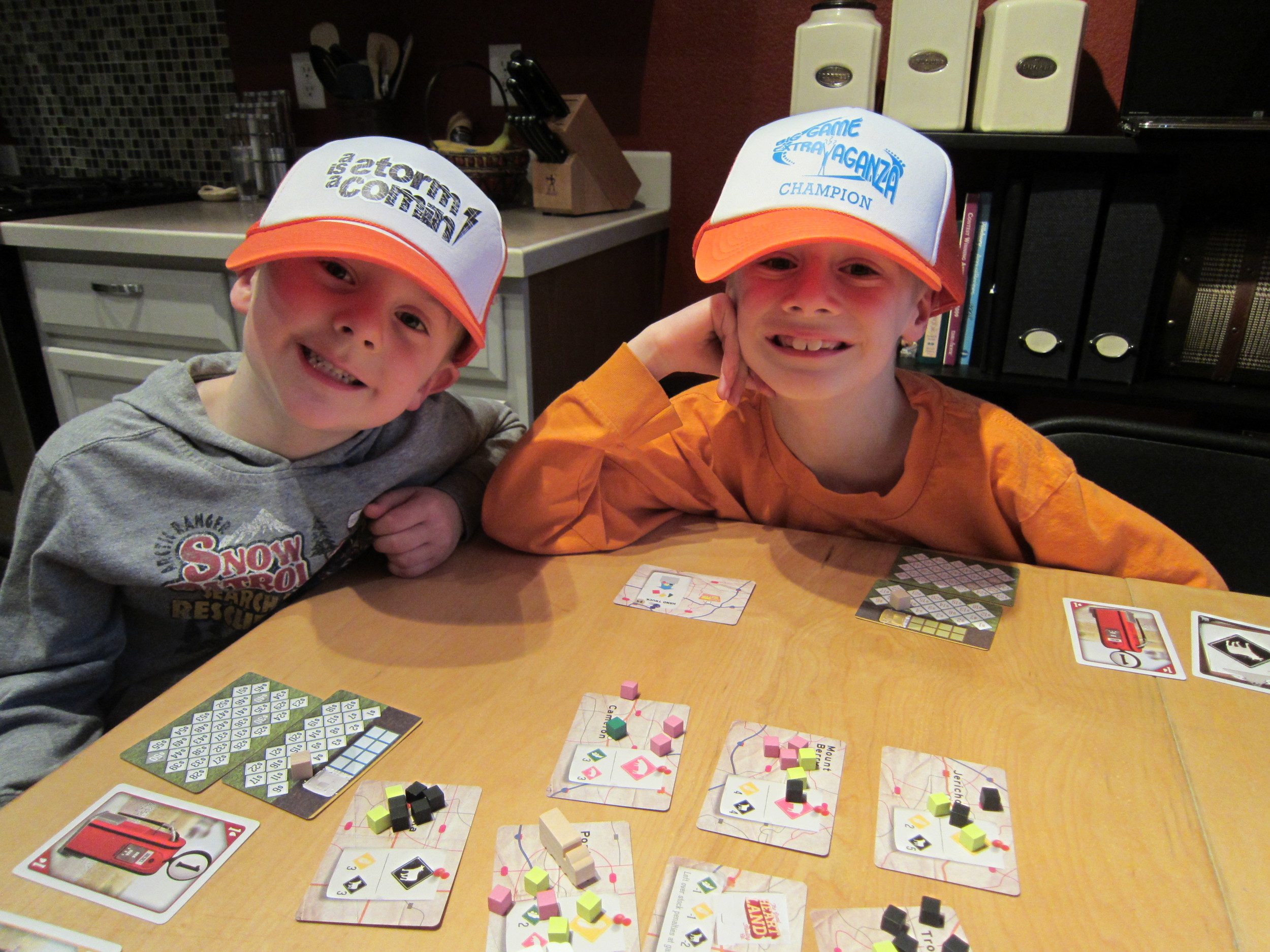Dungeon Heroes—A Double-Take Review
/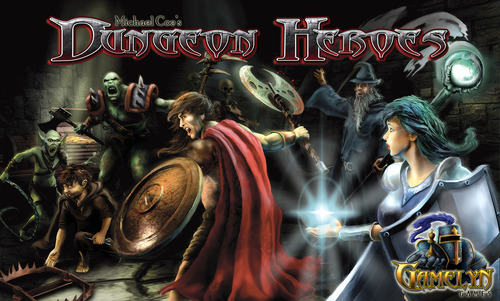 The light coming from your flickering torch is getting dimmer and dimmer, but you move forward anyway, stepping over the corpse of the Ogre. As you approach the next room, you see a chest. This is it. What you came for. The treasure!
From your left, beyond the nearly extinguished light, you hear the distinct sound of bones rattling...
The light coming from your flickering torch is getting dimmer and dimmer, but you move forward anyway, stepping over the corpse of the Ogre. As you approach the next room, you see a chest. This is it. What you came for. The treasure!
From your left, beyond the nearly extinguished light, you hear the distinct sound of bones rattling...
Dungeon Heroes calls itself a tile-placement dungeon crawl. Does it succeed at either of those claims? Let's find out!
The Components
1 Game board
4 dice to track the Heroes' health: a d10, d8, d6, and d4
4 Hero Boards, which tell you about each Hero's special ability, and are a place to keep the health die
47 Dungeon Tiles, which show the traps, treasure, and monsters of the game
14 wooden meeples. But calling these meeples is an injustice. These are seriously cool wooden figures, with different sculpts for each hero and each type of monster. They look terrific.
The Setup
One person is the Dungeon Lord and the other person plays the Heroes. The Dungeon player puts the tiles near him. These include traps, monsters, treasure, and artifacts. The Hero sets up his Heroes in any way he wants on the starting row.
The Gameplay
The game is split into two different phases, the passive phase and the aggressive phase. These phases refer to the actions available to the dungeon player.
Passive Phase—During the passive phase the Dungeon player must take 4 tiles (chosen randomly) from the available tiles, look at them and then devise a placement scheme. He can place them anywhere on the board and they are placed face down, so it helps to remember where you placed them!
The player turn for the Hero player is the same throughout the game. They receive four actions per turn. An action can be spent to move any of the four heroes, or use the Wizard's ability—turn up a face down tile—or the Cleric's ability—heal a hero in an adjacent square. Each of the heroes can only perform 2 actions per turn before they exhaust and must wait until next turn to be given an action. The Warrior and Rogue special abilities are free actions, if the Warrior steps on a tile that reveals a monster—or has already been revealed as a monster—he slays the monster. If the Rogue steps on a trap tile he disarms it. If the Hero player reveals/finds artifacts the hero character that moved onto that tile gains that item and can use it, or give it to another hero character in an adjacent square
Aggressive Phase—Once all the tiles have been pulled and placed by the Dungeon player, the passive phase is over and the AGGRESSIVE PHASE begins. Any monster tiles that have been revealed on the board are replaced with the corresponding monster. The Dungeon player now has 4 actions, which include moving a monster one tile, or revealing a tile. If you reveal a tile, you replace it with a monster. Then the monsters get to attack any adjacent Hero or any Hero the monster moved onto.
This back-and-fort continues until either the Hero has found three of the treasures, or all of the Heroes are dead.
The Verdict and Recommendations
Firestone—Well, first of all, this doesn't really feel like a dungeon crawl to me. It's really more of an abstract. And that's fine—there have been some great dungeon-themed abstracts, such as Dungeon Twister. Calling it a dungeon crawl just seems to be a bit of a stretch.
Jeremiah - I'm okay with calling this a dungeon crawl, if only because of the abilities the Hero player has to manage in the search for the treasure. Maybe it's a dungeon crawl that uses a few abstract mechanics. But at the end of the day you are searching a dungeon for treasure...
Firestone—I played games against an opponent and a few solo games. I actually preferred the solo games. It seemed that the strategy for the Dungeon player was to keep traps and so forth in the front, monsters in the back, and then once the monsters are out, go after the Warrior hard. Since he's the only once who can kill monsters (other than another Hero grabbing a one-time-use artifact), once you kill him, it's pretty much just cleaning up. This might change after a few plays, or by playing with a different opponent. The benefit of the solo game is that things come out randomly in the dungeon, so it actually felt more like a dungeon crawl where anything could pop up anywhere.
Jeremiah—I think both have merits. I think I prefer the two player version with the bluffing aspect. I found that after playing the same player a few times as the Dungeon player you had to change up your strategy because they would figure it out and send the Rogue in to disarm traps, and the the warrior would clean up the monster tiles before the monsters even made it on the board. If there was one tweak I would make is to put the Holy Grail into every setup, this gives the hero player a fighting chance if the Warrior does get taken out early on.
Firestone—The components are top-notch. The meeples are unique and intricate and really add some great flavor to the game. The tiles are thick and great quality. I like the artwork a lot. And the dice you use to track damage are a nice touch.
Jeremiah— I totally agree, the tactile-ish nature of this game is great! These are the most intricate and still very sturdy meeples EVER! The look of the game is great as well, the art, on the tiles and the board really create a great environment for the game!
Firestone—I feel like we should mention a couple of aspects that might put some readers off. (We are a blog written by two Christians, after all...) First is the artwork on the Damsel. She's another character included in the expansion (The Dragon & The Damsel), and if you rescue her, she joins the party and becomes a playable character. Apparently it's really warm in that dank dungeon, because she's wearing only a bikini-type wrap thing up top (the only part of her you can actually see), and the top and bottom of her breasts are visible. I'm not a fan of hypersexualizing women—my two boys are going to get enough of that as they grow up, and it will be a constant battle for me to teach them to ignore the world's view of women and show them that they're daughters of the King, and not just "a great rack..." So I don't need my games contributing to that battle on the side of the opposition. Yep, I can absolutely choose not to play with her in the game. I just want to make you aware it's there.
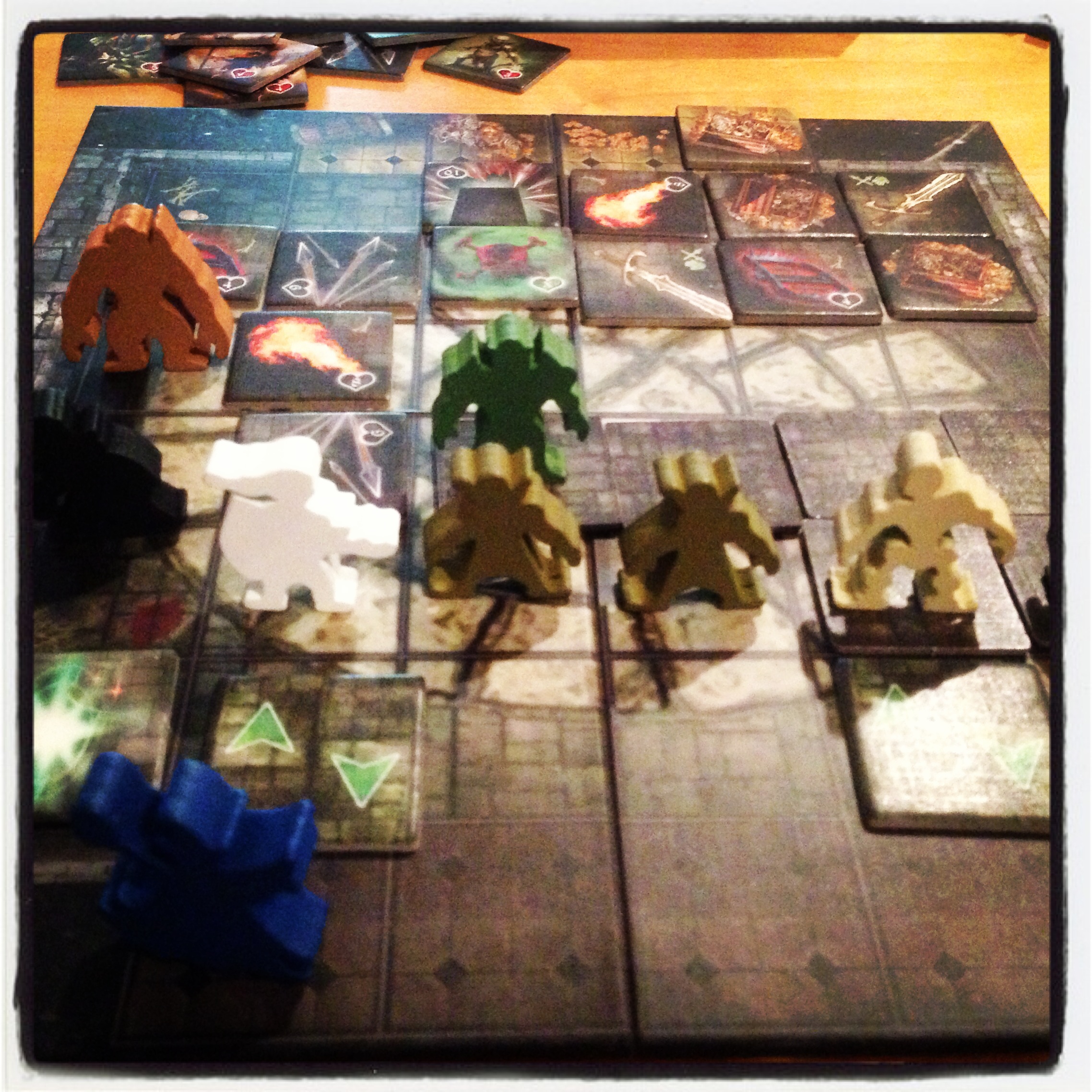 Jeremiah—Yeah, I've actually played the base game with my 7-year old. There isn't anything overly intimidating about it. It's a fun adventure type game. But both expansions stay well hidden and won't make their way onto the table much in my house. The other expansion that is included with the first (which is a great value, by the way!) is The Lords of the Undead. Functionally what this expansion brings to the game is great. Two more monster types, a necromancer that can bring back slain monsters. And the White Lady (a ghost)) who possesses a hero character giving the dungeon player control of that hero and thus allowing them to force the character into a trap, over to a monster etc. This is really cool for game play, but creeps me out. Possession isn't something to mess around with in my opinion. Most "dungeony" games walk a pretty fine line with me, and in this instance the line is crossed. Again, I don't have to play with that expansion, and I'm certainly not bashing Gamelyn and Michael Coe for putting it out there!! It's a simple case of my choice regarding this expansion, and I feel folks who are sensitive to this type of thing should know about it.
Jeremiah—Yeah, I've actually played the base game with my 7-year old. There isn't anything overly intimidating about it. It's a fun adventure type game. But both expansions stay well hidden and won't make their way onto the table much in my house. The other expansion that is included with the first (which is a great value, by the way!) is The Lords of the Undead. Functionally what this expansion brings to the game is great. Two more monster types, a necromancer that can bring back slain monsters. And the White Lady (a ghost)) who possesses a hero character giving the dungeon player control of that hero and thus allowing them to force the character into a trap, over to a monster etc. This is really cool for game play, but creeps me out. Possession isn't something to mess around with in my opinion. Most "dungeony" games walk a pretty fine line with me, and in this instance the line is crossed. Again, I don't have to play with that expansion, and I'm certainly not bashing Gamelyn and Michael Coe for putting it out there!! It's a simple case of my choice regarding this expansion, and I feel folks who are sensitive to this type of thing should know about it.
Firestone Final Verdict—This game was fine for me...but merely fine. I like my abstracts to be abstracts, and my monster-killing to be more...bashy? Total props on the components and the custom meeples and the artwork (other than Chesty La Rue) and making it play well as a solo. I just don't think I'll be reaching for this very often. Leave it on the shelf...
Jeremiah Final Verdict—Expansions aside, I really enjoy the base game; it seems like I'm in a season of life where the 90+ minute big board games are harder to get on the table. We still do, but it takes some effort to make it happen. This plays quick, offers many different strategic choices for both players, and has a lot of things I look for in a game: good synergy between components, bluffing, and sweet components! I say put this one on the table!
Thanks so much for reading! Please connect with us on YouTube, Twitter, Facebook, and Instagram!


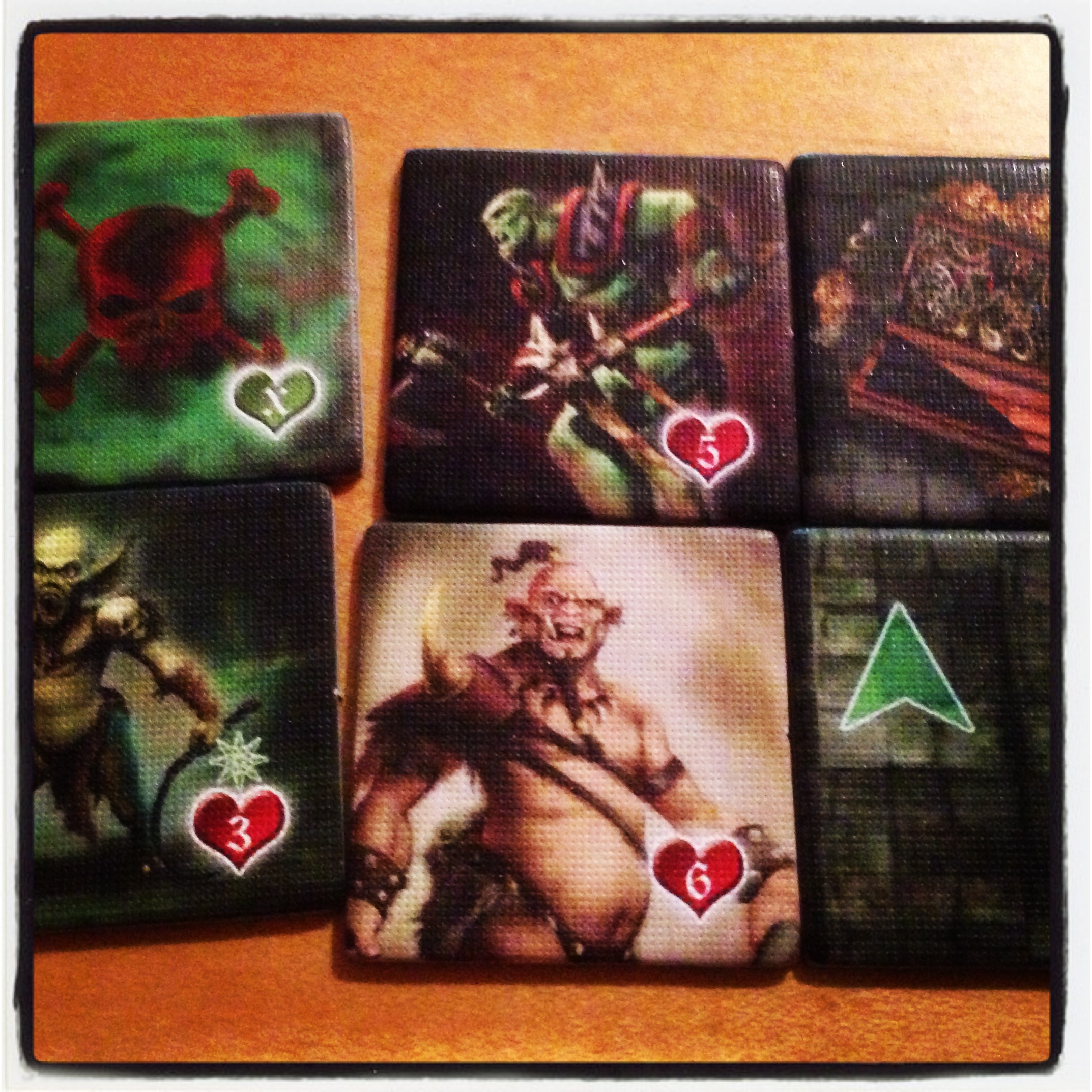
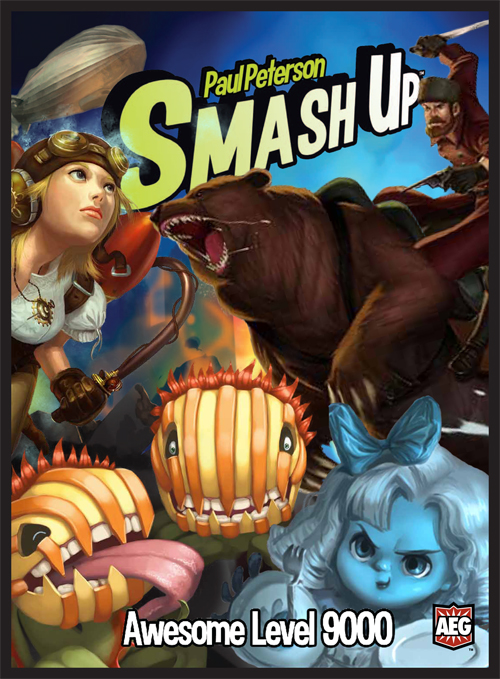
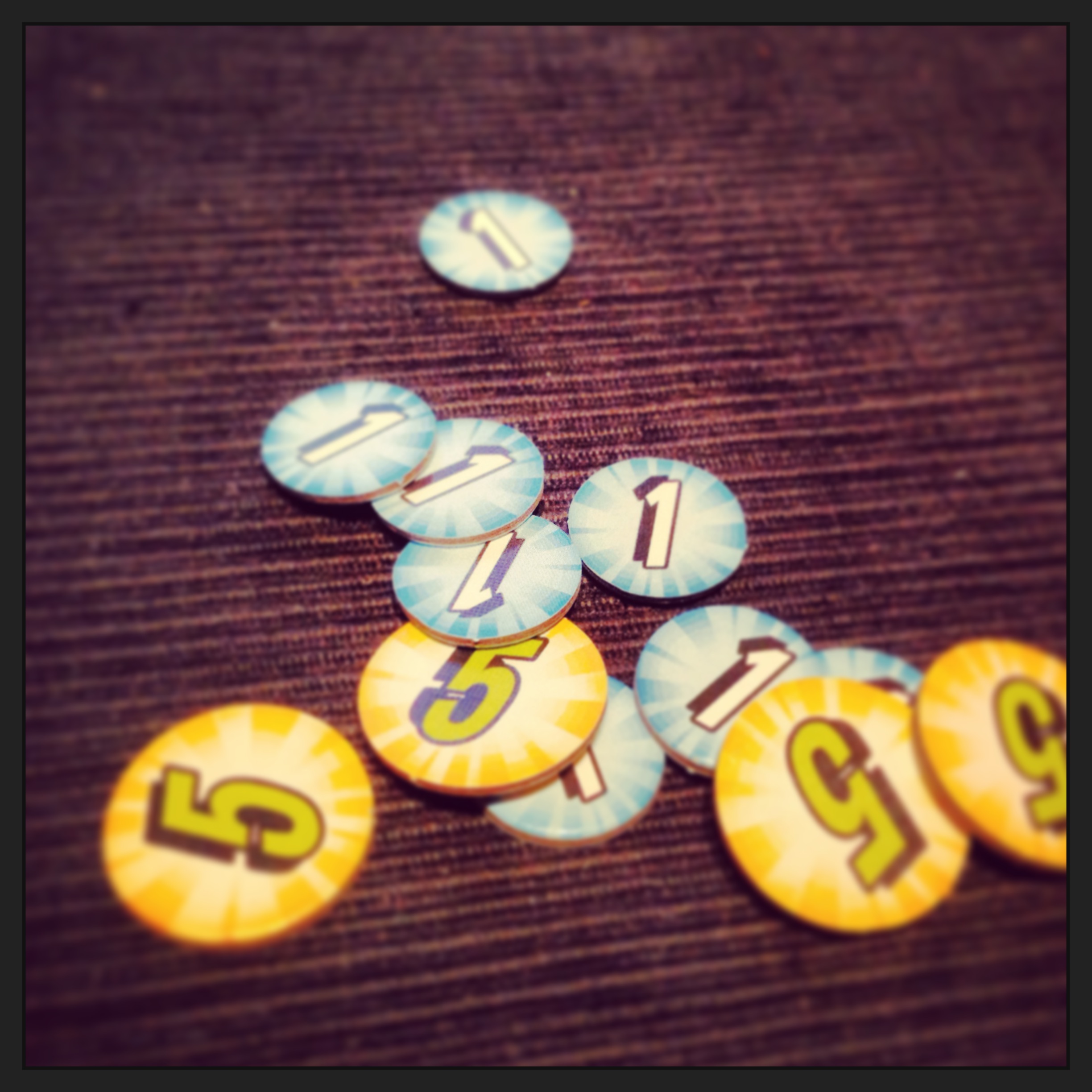
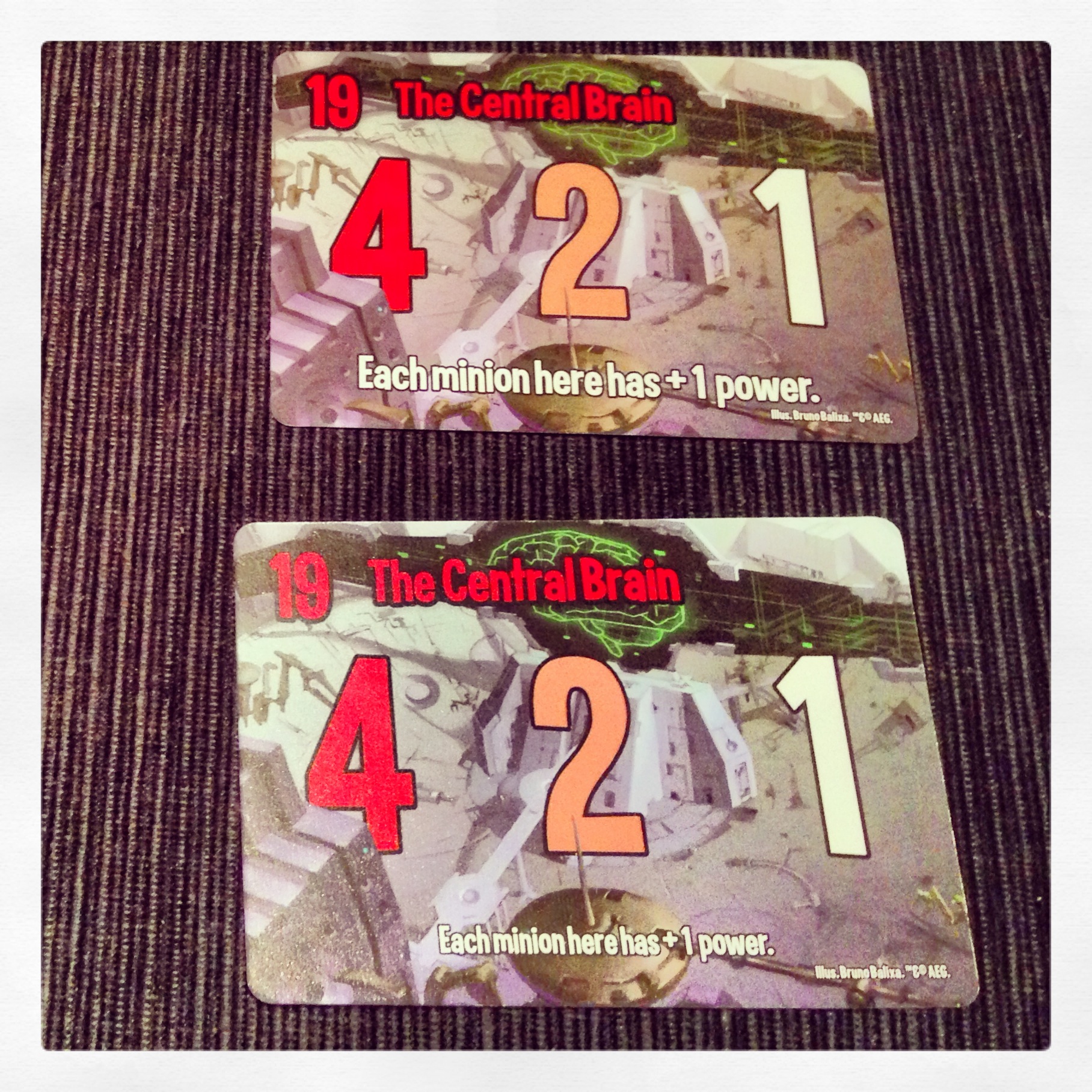
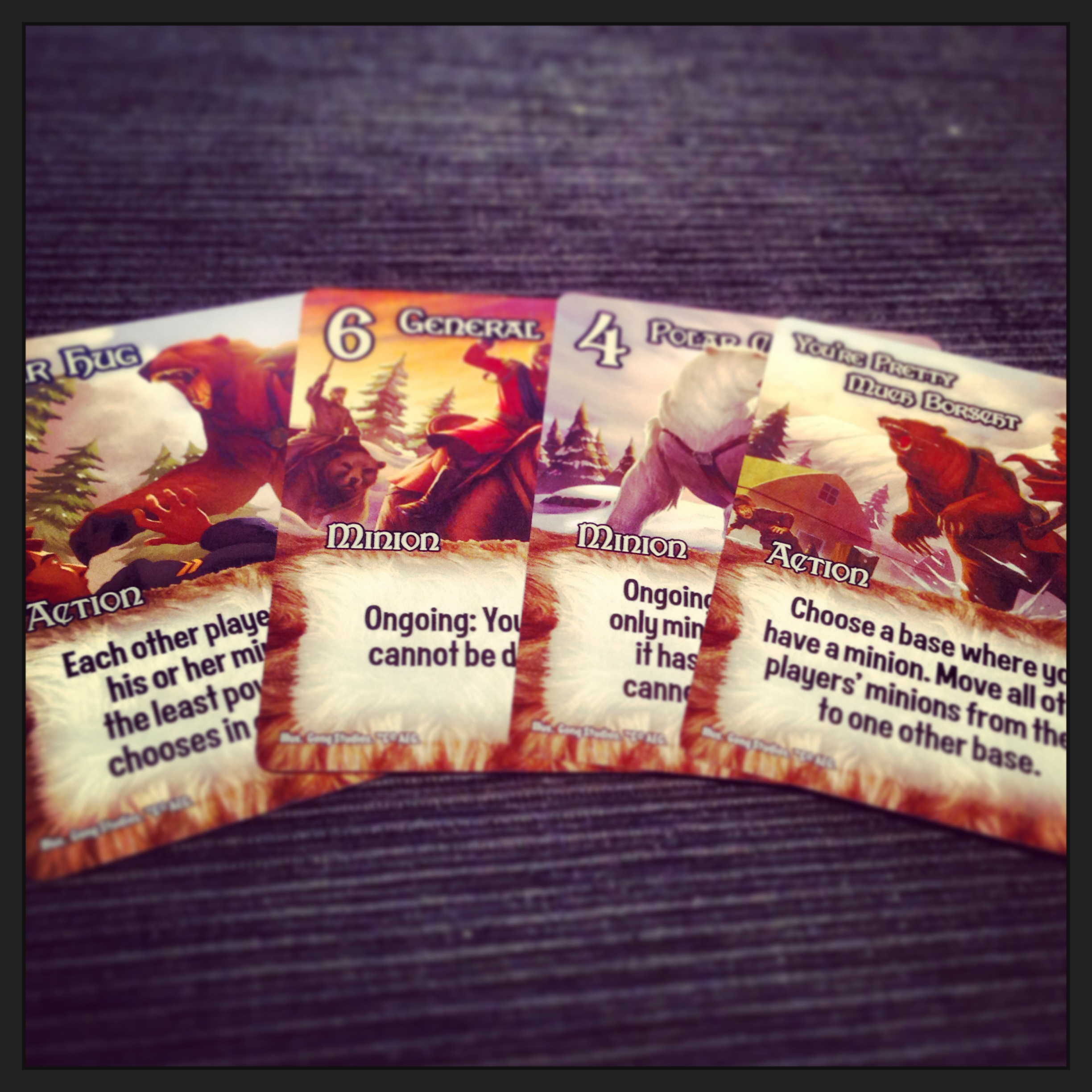

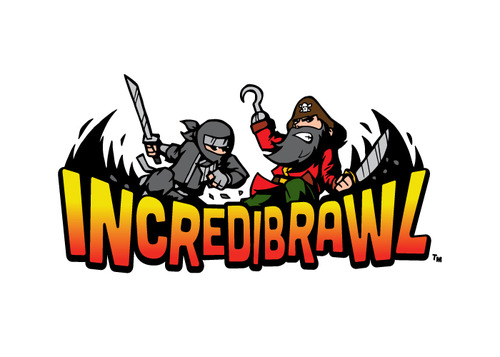

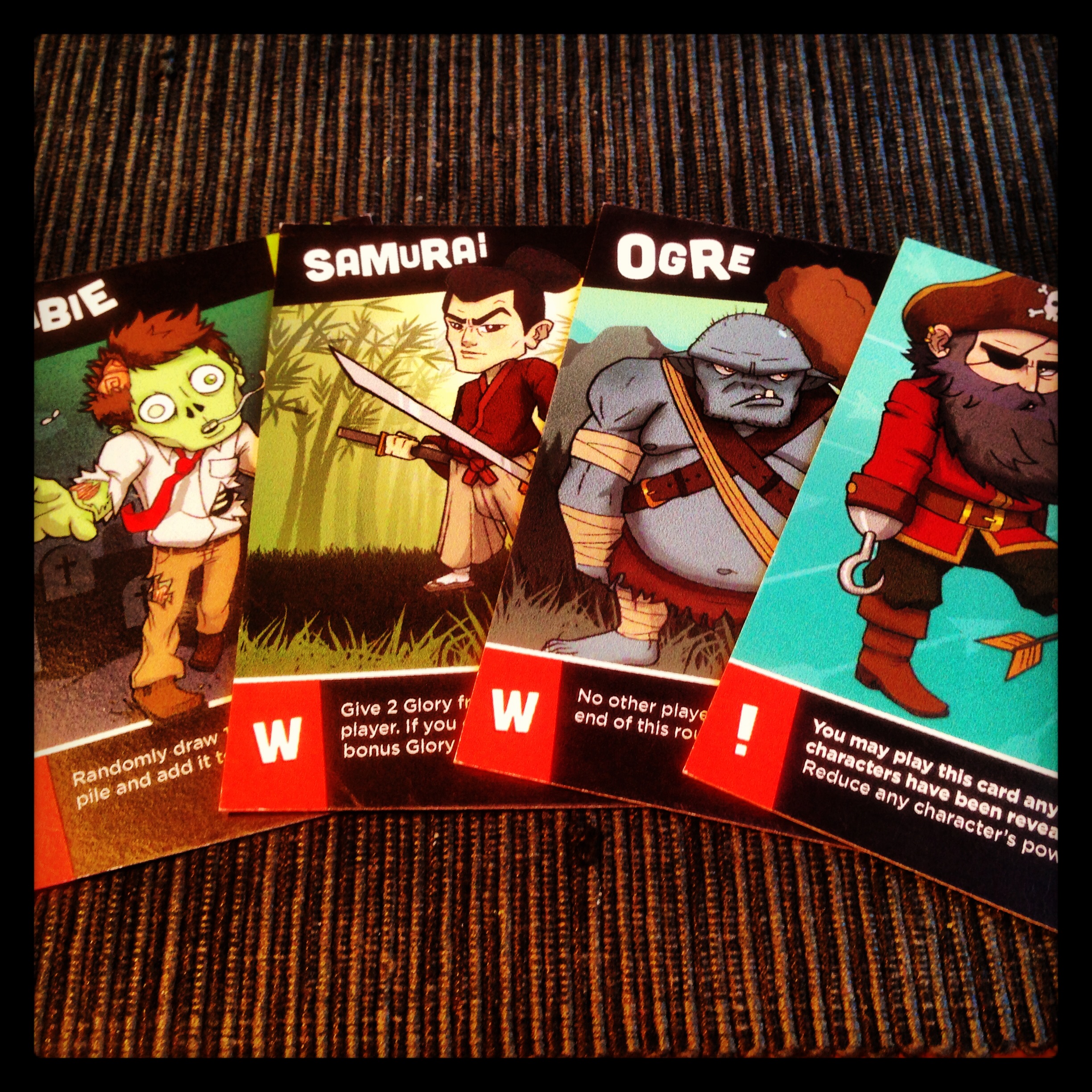


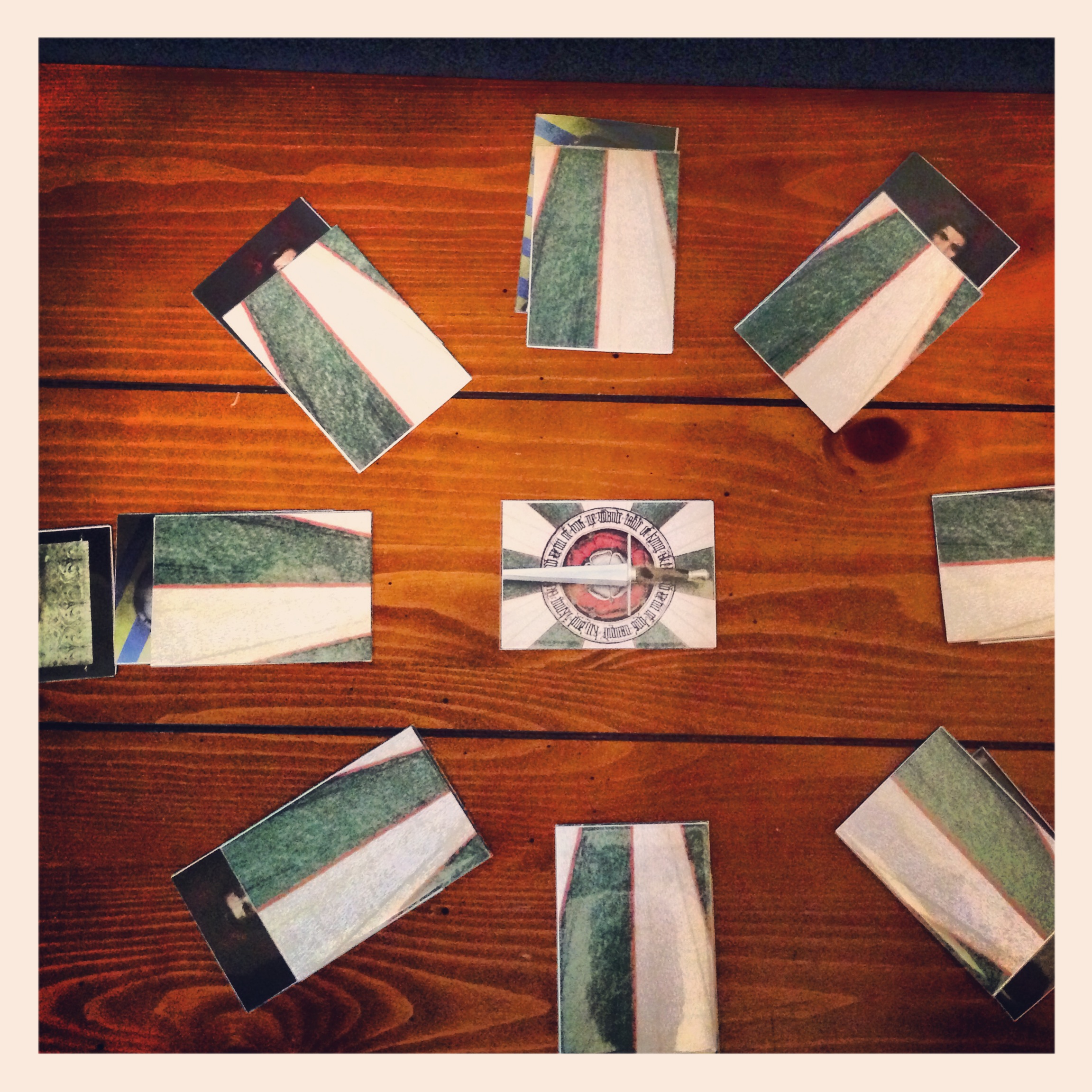
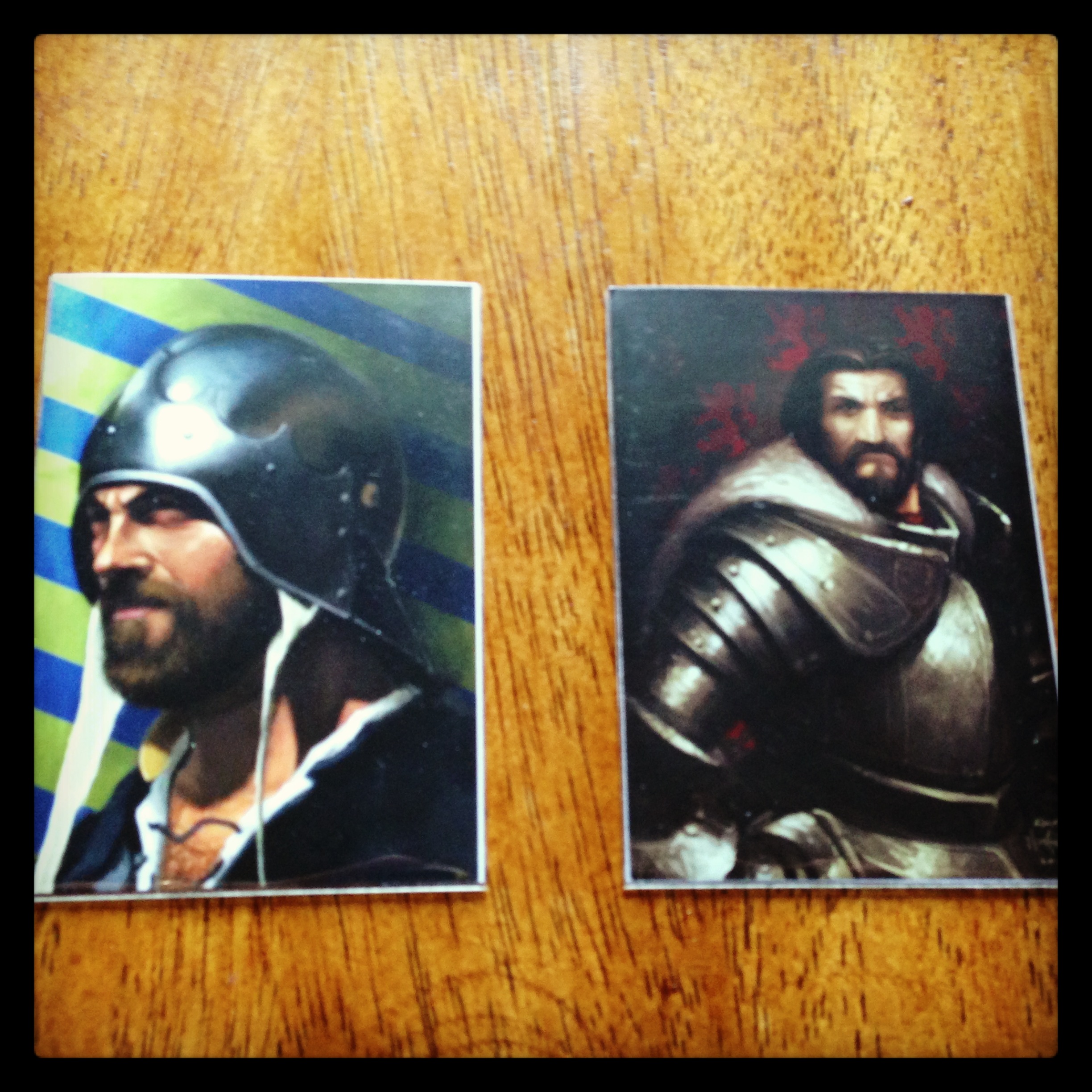
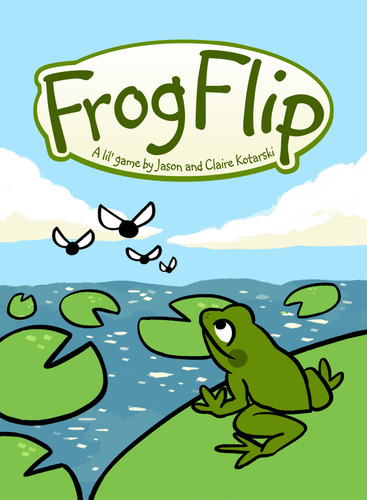
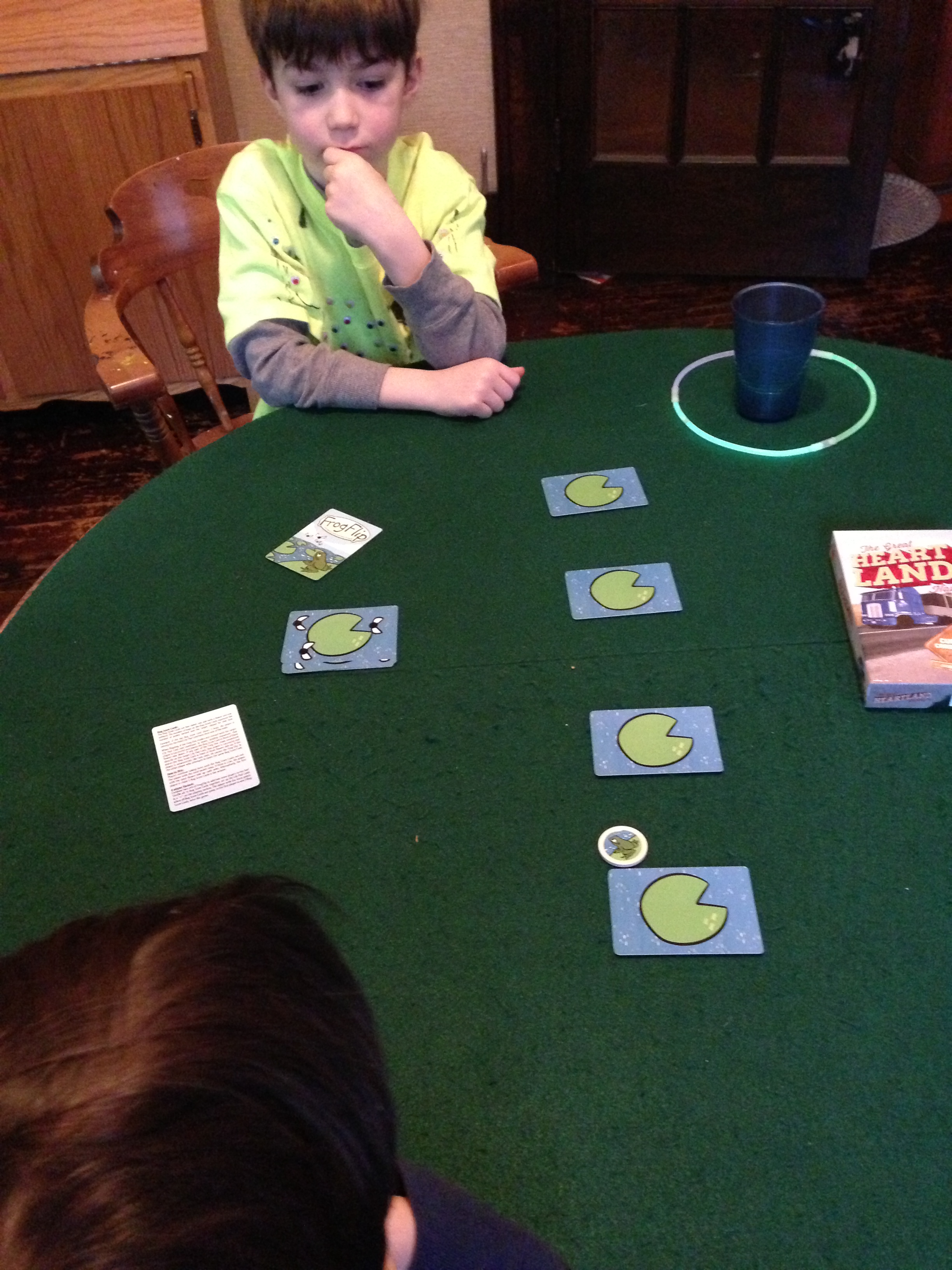
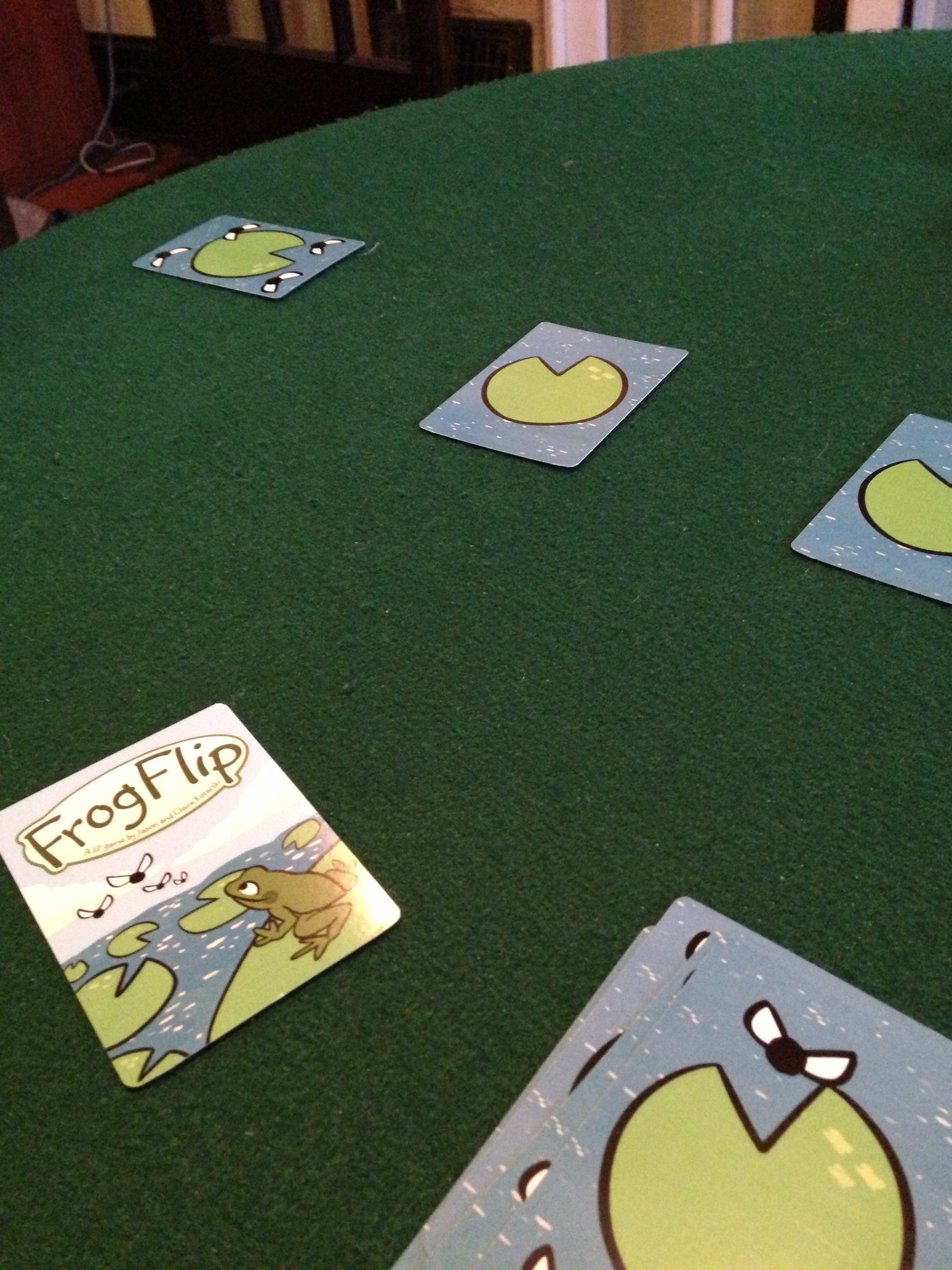
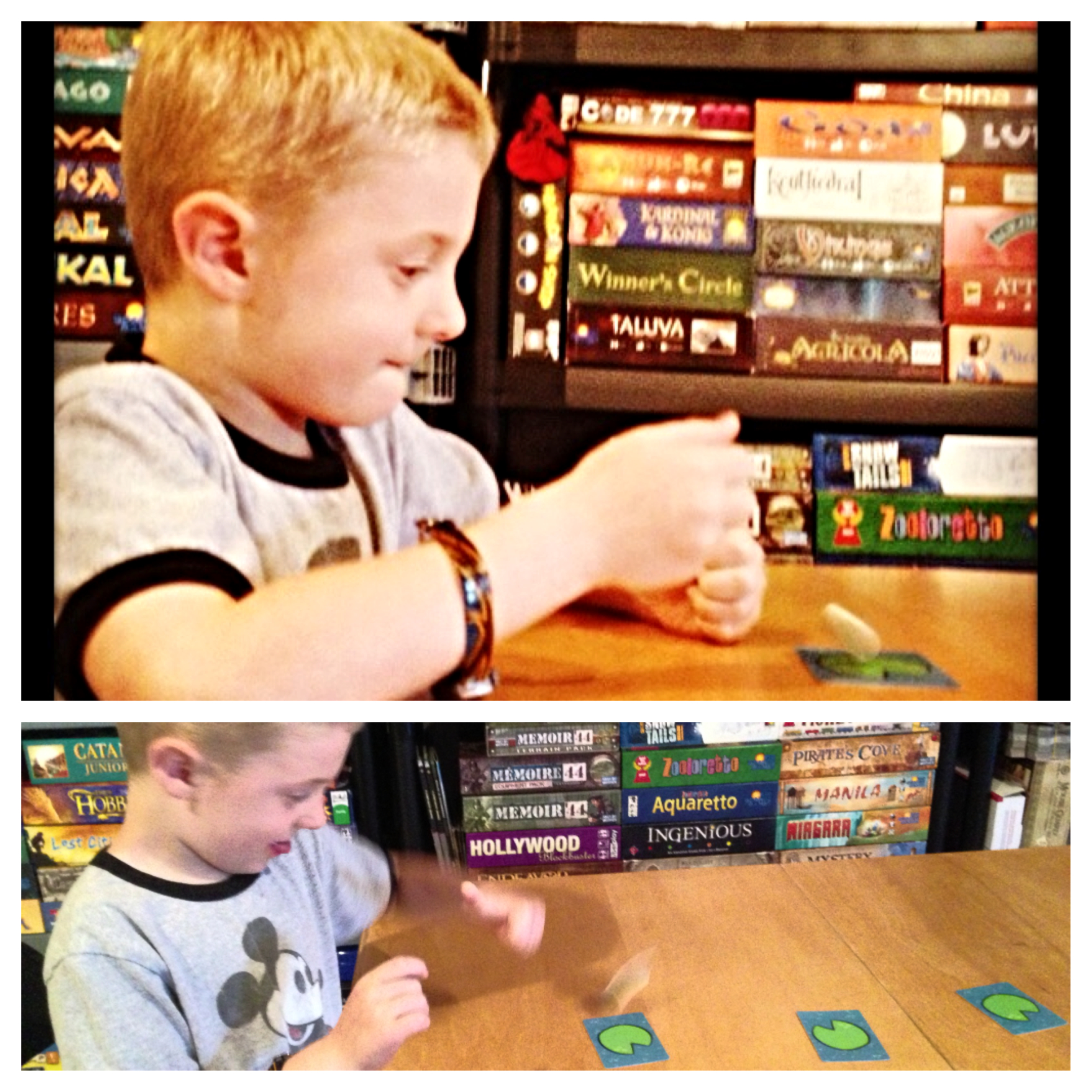


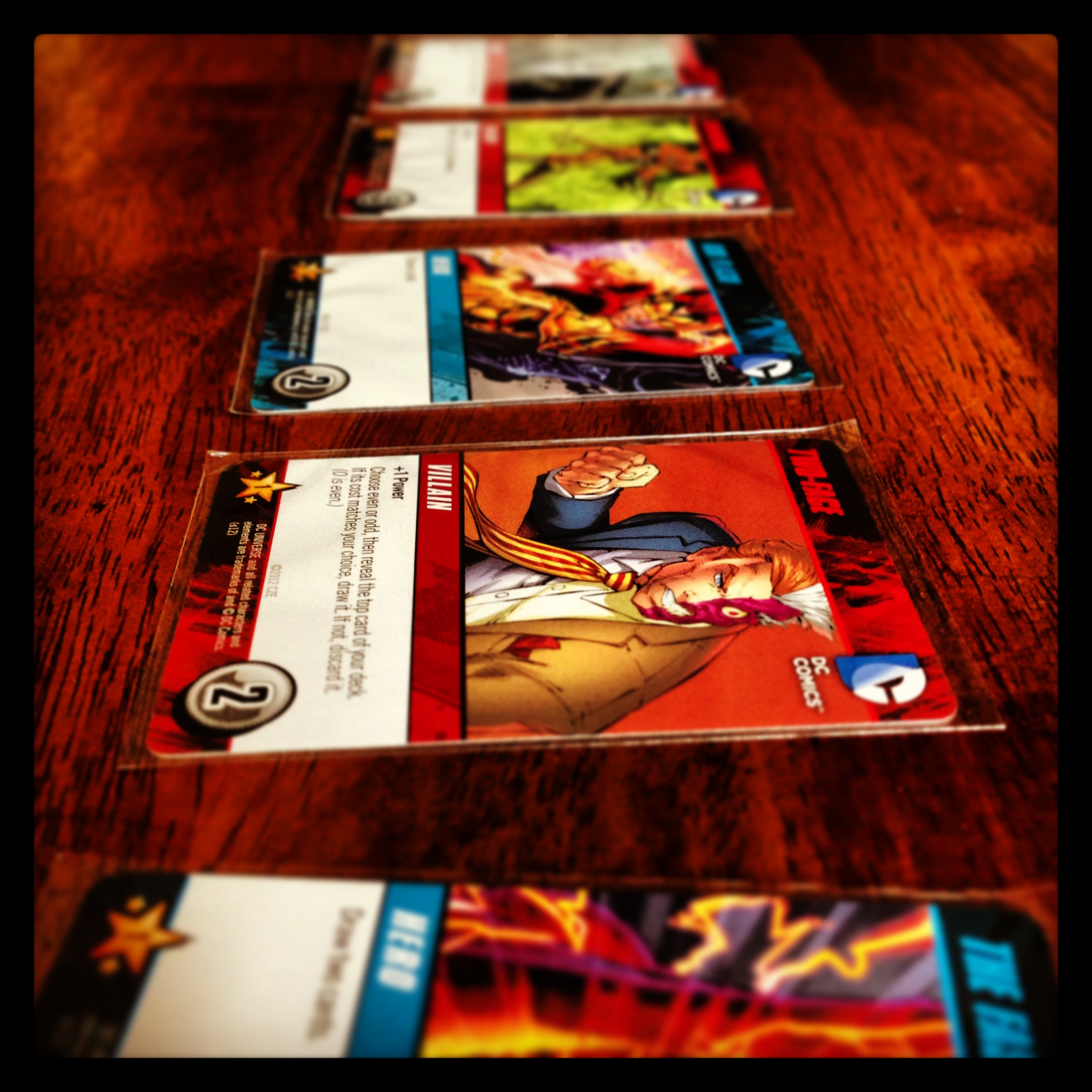
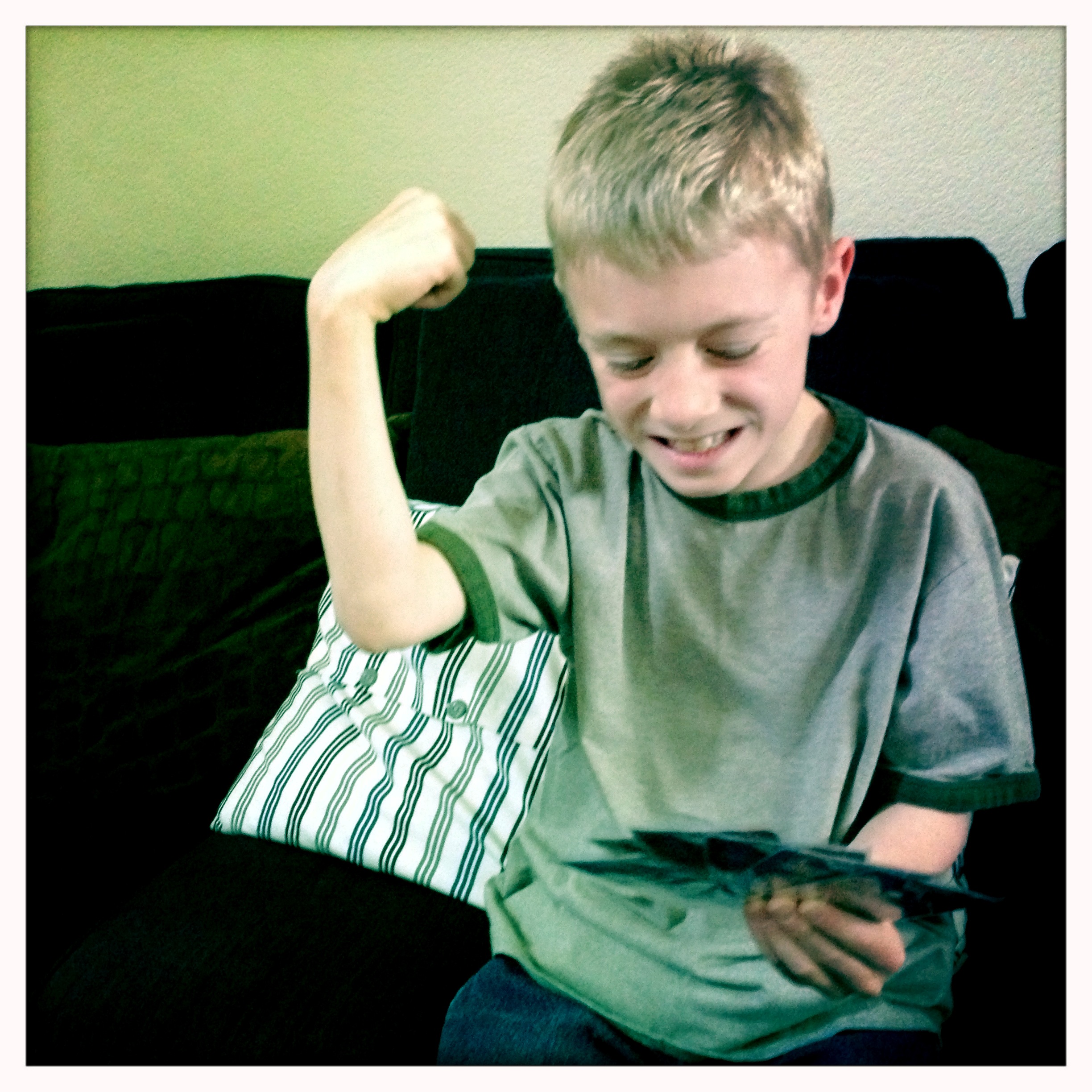
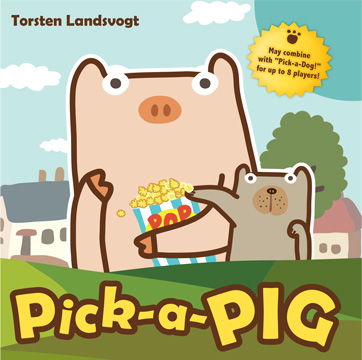



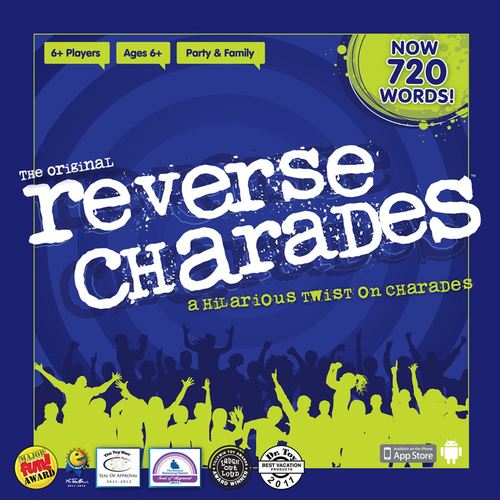 Ugh. Do we really need another charades game?
Ugh. Do we really need another charades game?


